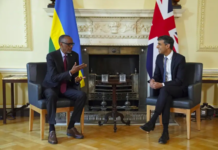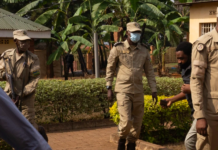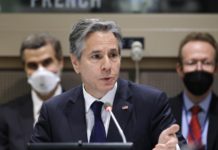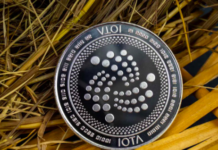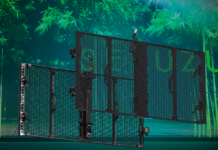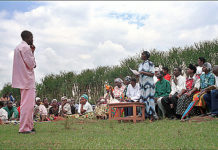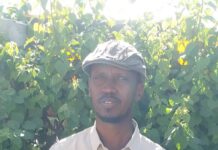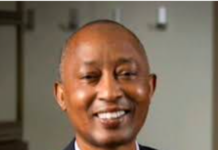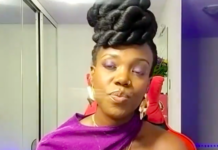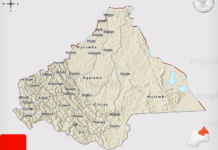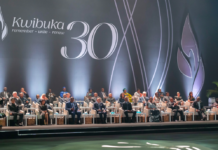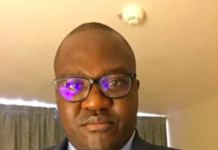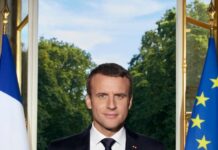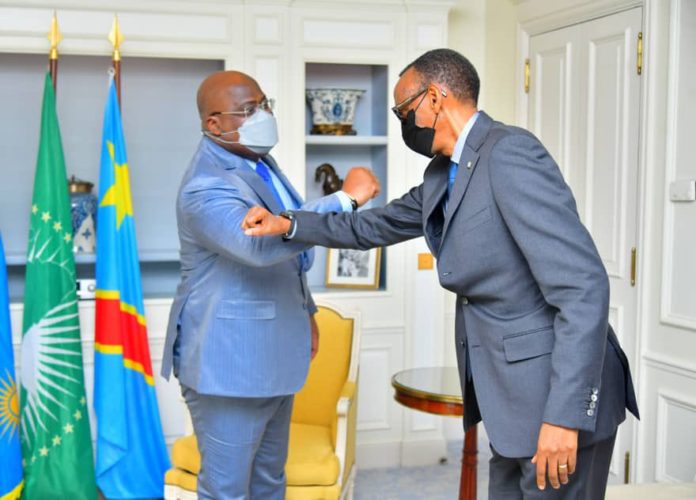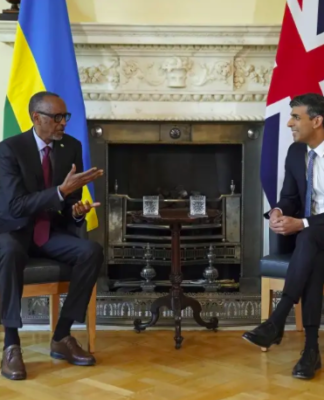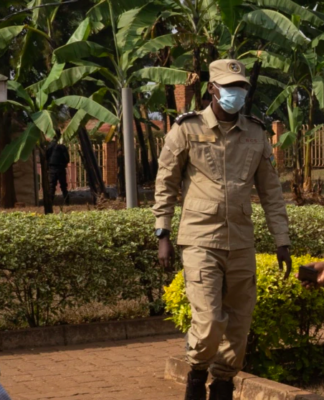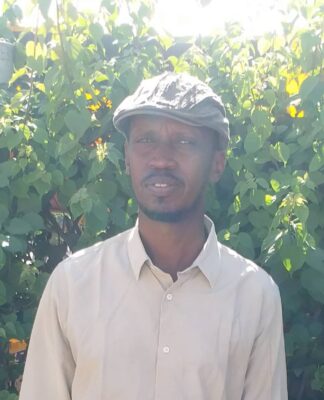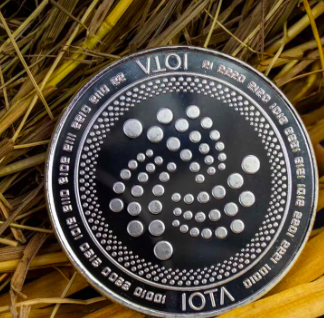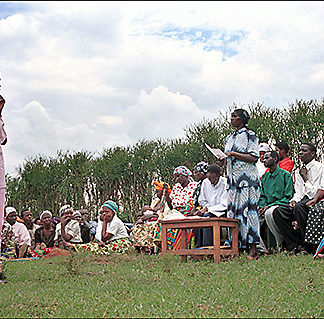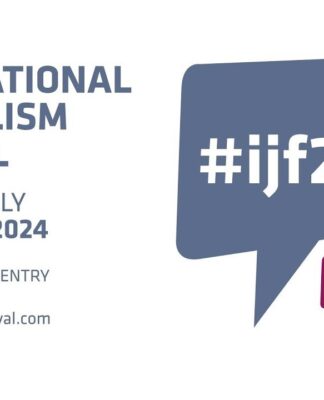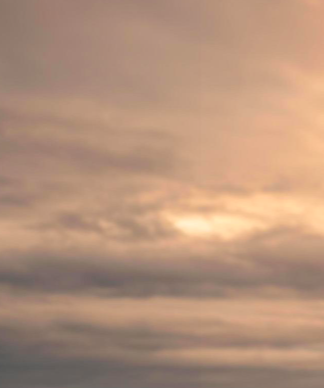By Ben Barugahare
Paul Kagame: “Whoever wishes us war, we give it to him”. A few days after the reopening of the borders between Rwanda and Uganda, Rwandan President Paul Kagame, in front of parliament, announced the normalization of relations with Burundi. An announcement accompanied by an astonishing message against the DRC while his relationship with Felix Tshisekedi is in good shape. Is Kigali really worried about its security or about other unacknowledged aims? This analysis aims to discuss the real implications of the bellicose message of the Rwandan president.
On Tuesday, Rwandan President Paul Kagame visited, without prior announcement, the Rwandan parliament. Kagame gave a nearly 50-minute speech there, during which he spoke about regional security and, above all, Rwanda’s relations with its neighbors.
“What we hope for is peace for our country, for the region, and for everyone. But for those who want war with us, we are ready to fight. We have an army that is trained to do it and that does it well, whether here or abroad,” said Paul Kagame. The success of Rwandan military intervention in Mozambique? Is he threatening a neighboring country? Difficult to interpret the statements of the president. Because if it is sure that Paul Kagame likes to talk, and is not known to have his tongue in his pocket, his speech sounds like a threat.
On January 31, the borders between Uganda and Rwanda were reopened. If the desire to restore good neighborliness on the part of Kampala is understandable, the Rwandan Head of State did not fail to condition this diplomatic normalization: “We must not forget that these borders have not been closed without reason. And we will continue to work with the Ugandan state to resolve our differences,” Kagame said.As for the southern neighbor, Burundi, Kagame announced the normalization of relations with Gitega “in the near future”.
So, everything seems to be going well in the best of all worlds. But then who does Kagame say he wants to make war on? Undoubtedly and it is overt, Paul Kagame was, in his speech, threatening in half words the Democratic Republic of Congo (DRC). As a reminder, Paul Kagame had protested against his exclusion from the military agreement between Kinshasa and Kampala. The joint operation of the FARDC and the Ugandan army, in the east of the DRC, would fall under the Rwandan president of the security of his own country. Kagame had denounced, at the beginning of February, the fact that the rebels of the Allied Democratic Forces (ADF) continue to act “with complete impunity”.
Kigali has never hidden it: Rwanda absolutely wanted to participate in the operation in eastern Congo. Kagame had even threatened to intervene unilaterally. “There are times when we plead, there are times when we ask, but if necessary, we will act,” said the Rwandan president on February 8. According to him, “there is a link between the ADF, the FDLR and several other armed terrorist groups”. And Kagame also deplores that “some relatives of the M23 rebels are in the government, in Kinshasa, or live in the DRC”. But while the DRC and Uganda are constantly getting closer, will Rwanda risk jeopardizing its diplomatic opening up by launching hostilities against the DRC? In any case, Kagame’s remarks aroused great anger in the DRC, even if his relationship with Felix Tshisekedi is in good shape.
An informal Rwandan presence
The official establishment, on June 30, 2003, of the transitional institutions bringing together all the belligerents was to mark the end of hostilities and the launch of the democratization process. This process led to the adoption of a new constitution and the organization of general elections in 2006. The various armed rebel groups, such as the RCD and the MLC, then constituted themselves into political parties and their troops were integrated into the Congolese armed forces, which was a relative success of the democratization process.
The direct Rwandan incursions or by interposed militias have not ceased. Whether in support of warlord Laurent Nkunda’s National Congress for the Defense of the People (CNDP) in 2008 or the March 23 Movement (M23) in 2012, Rwanda has continued to provide significant support to movements rebels who are destabilizing the DRC and committing crimes against the population there. While the Rwandan government had undertaken in Nairobi on November 9, 2007 to take all necessary measures to secure its border, to prevent the entry or exit of members of any armed group and to prevent any form of military support, material or human being provided to any armed group in the DRC. It has actively participated in the recruitment of soldiers – including children – to the supply of military equipment and sent officers and units of the Rwandan Defense Forces (RDF) to the DRC. Despite the departure of President Joseph Kabila and the diplomatic warming between Rwanda and the DRC under the leadership of President Félix Tshisekedi, the illegal incursions of the Rwandan army on Congolese soil continue. In its report published in February 2021, the Kivu Security Tracker (KST) points out that the interference of regional powers in eastern Congo has increased in recent years, particularly in sensitive areas such as the highlands of South Kivu. The United Nations group of experts responsible for ensuring compliance with the arms embargo in the DRC makes the same observation: in its report published in 2020, it proves the active presence of the Rwandan army in the territories of Nyiragongo, Masisi and Rutshuru (North Kivu province) between the end of 2019 and October 2020, despite Kagame’s denials.
The real motive: the plunder of resources
Rwanda and all the other parties to the armed conflicts that have rocked the DRC for three decades have always invoked political, ethnic and above all security considerations to justify repeated military interventions and support for local militias. However, the East of the DRC is one of the richest mining regions in the world; there are notably immense reserves of coltan, but also gold and other precious metals or rare earths, used in digital technologies. If, during the first Congo war (1996-1997), there was no looting of mining resources by Rwanda – the latter essentially pursuing a security objective –, it was not the same during the second war. (1998-2003). Indeed, since 1998 there have been three illegal activities practiced by Rwanda on Congolese territory: the systematic looting of mines, direct mining and the imposition of taxes on mining activities.For the new rulers, the persistence of insecurity became the main means of enrichment and these wars were the beginning of the stranglehold of the Rwandan and Ugandan military-commercial lobbies on the natural resources of the areas they were controlling.
Whether it is minerals, agricultural and forestry products, silver or livestock, the Rwandan military and their allies organized, coordinated, encouraged and carried out systematic looting activities in areas under their control in the DRC.For example, in the mining sector, the Rwandan army and its allies in 1998 looted a seven-year-old stock of coltan belonging to the Société Miniere et Industrielle du Kivu (Sominki). It took nearly a month for the Rwandans to transport the precious minerals to Kigali! Another example, in the financial sector: the same protagonists attacked local banks, looted and took away the money. In 1999, the equivalent of 1 to 8 million dollars were stolen from the Kisangani bank, brought under military escort to the Palma Beach Hotel in the same city before being flown to Kigali, via Goma . Beyond looting, the Rwandan army engaged in the direct exploitation of mineral resources on the Congolese territory it controlled. The extraction of natural resources was so intense that Rwanda imported labor: it used Rwandan prisoners to extract coltan and, in return, granted them a reduced sentence or a payment. In March 2001, more than 1,500 Rwandan prisoners extracted coltan in Numbi (Kalehe territory) under the surveillance of Rwandan forces. The size of the workforce employed gives an idea of the amount of ore mined and stolen. The UN investigation also proved that Rwanda Metals, held by the RPF, and among other companies public or close to the Rwandan government, exploited coltan in the DRC.
Official statistics from the Rwandan state lead to the same conclusions. Rwanda produced 54 tons of coltan in 1995, before the incursions of its army. In 1999, production increased to… 224 tones. The same goes for cassiterite: production rose from 247 tons in 1995 to 437 tons in 2000. This trend can also be seen in Rwandan diamond exports. They went from 13,000 carats (worth 720,000 dollars) in 1997 to 30,500 carats (worth 1.8 million dollars) in 2000 [12]. This, while Rwanda does not have significant deposits of these minerals. This illegal mining continued even after the official withdrawal of Rwandan troops in 2003. In addition to illegal mining by Rwandan-backed armed groups, including the CNDP and M23, a network of smuggling of Congolese minerals proliferated for the benefit of Rwanda and in disregard of the duty of care and traceability imposed by the American Dodd Frank Act, the International Conference on the Great Lakes Region (ICGLR), the Organization for Economic Co-operation and Development (OECD) and the European Union. The ecofin agency even reports that between 2013 and 2014 Rwanda became the world’s leading exporter of coltan. These exports, to which is added the collection of taxes and levies passing through the RCD-Goma rebels, have greatly contributed to the economic development of the country.
The regime of Paul Kagame has been able to adapt its foreign policy and its strategy of exploitation of the eastern Congo in the face of its successive counterparts, from Laurent-Désiré Kabila to Félix Tshisekedi, via Joseph Kabila. Witness the agreements signed in June 2021 on gold. Kagame was able to take advantage of President Tshisekedi’s desire to renew relations with him to “regulate” this sector… and lead to Congolese gold being processed in a Rwandan foundry.
Conclusion
While internally, the regime is pleased to have dismantled all the rebellions and thatthe speeches addressed to the population report the almost total weakening of the FDLR and other rebellions, the Head of State turns around and threatens. Considering the economic implications of the Rwandan presence in the DRC during the two Congo wars, Rwanda seeks to legitimize its very next aggression to replenish itself with natural resources without suspecting the evil eye of the West. Thus, predation may continue legally.

